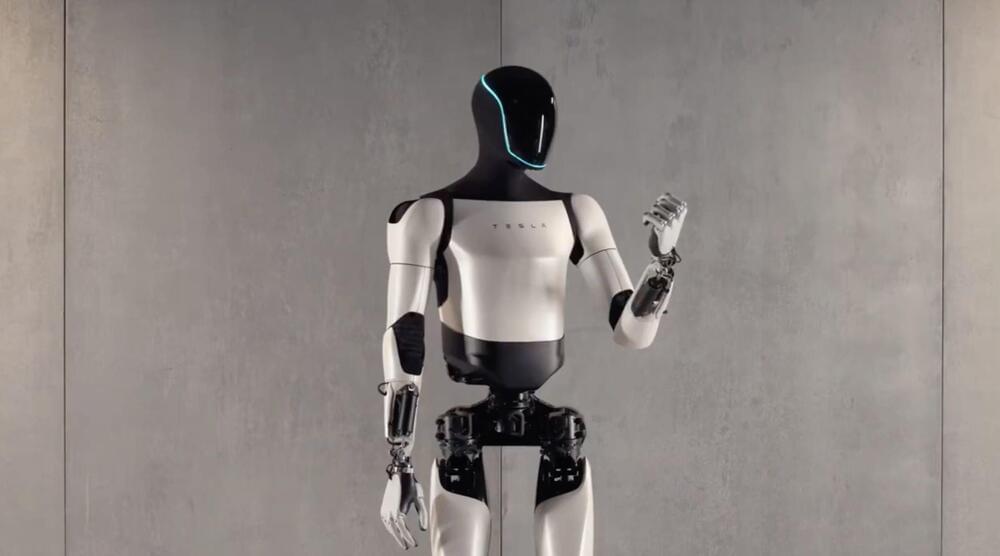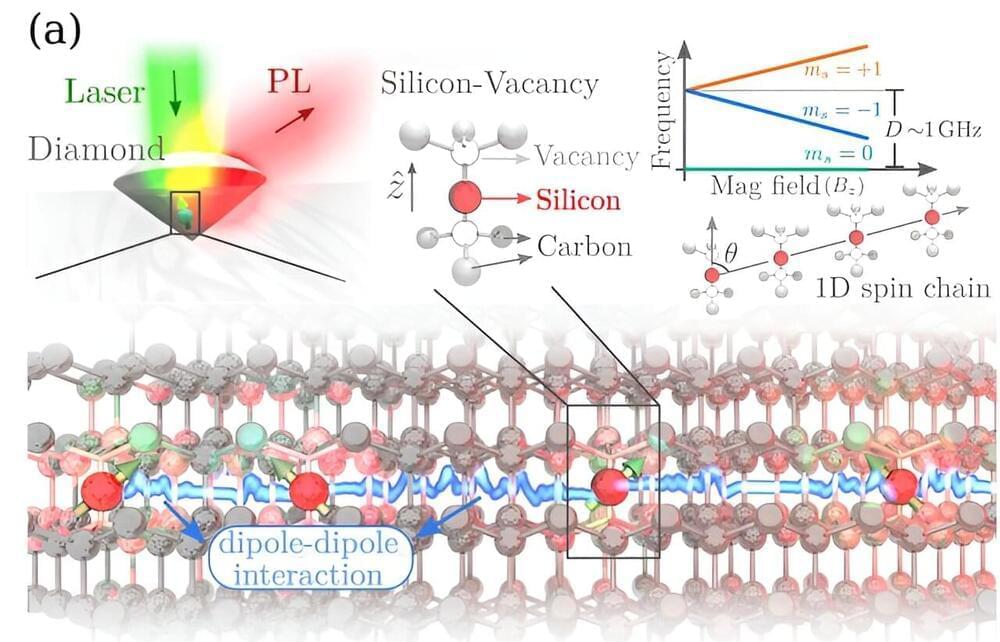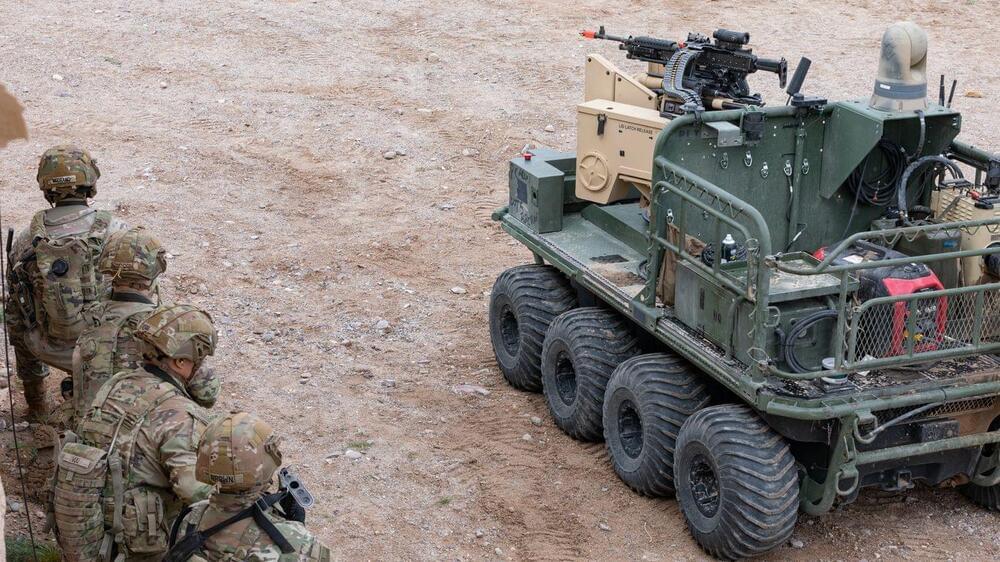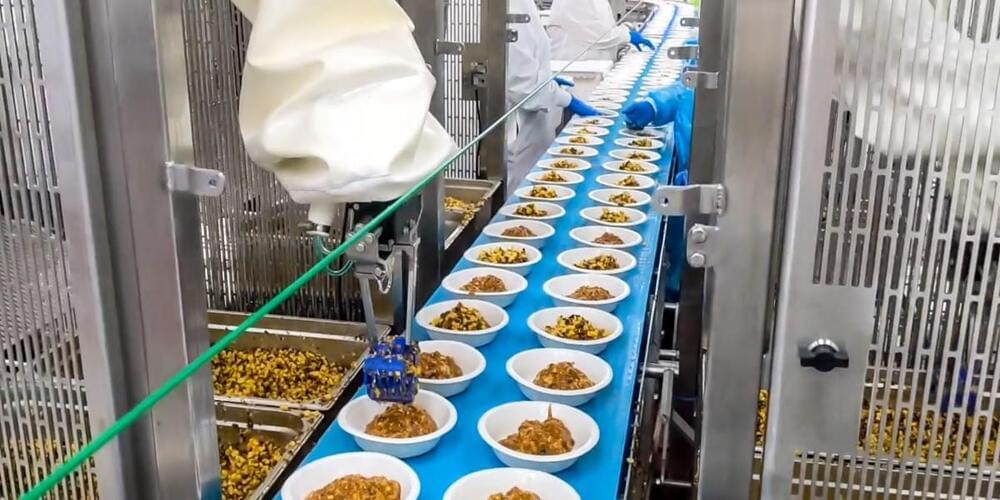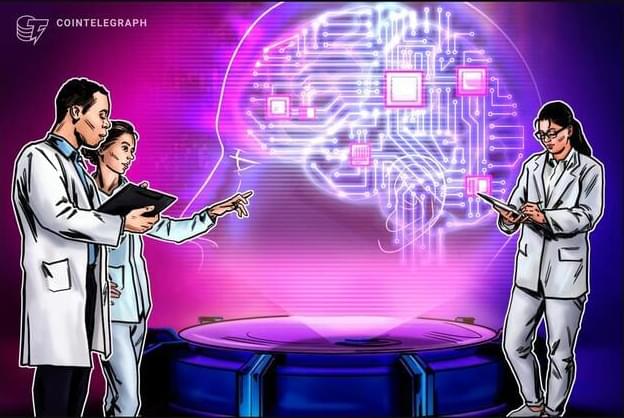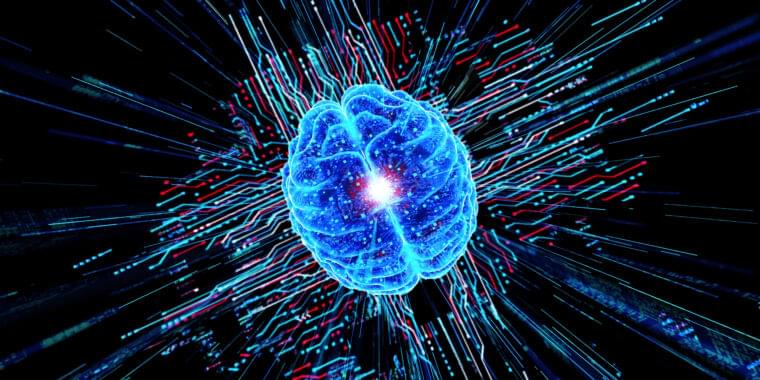Jul 12, 2024
Get Ready for Optimus 2.0! Tesla’s Humanoid Robot is Leveling Up
Posted by Shailesh Prasad in categories: Elon Musk, robotics/AI
Elon Musk teased the next iteration of Tesla’s humanoid robot Optimus 2.0 on X recently.
“The new Optimus design, which will be complete later this year, is something special,” Musk replied to an X post.
In June, Tesla shared a few updates about Optimus and the milestones the humanoid robot has reached over the past year. According to Tesla, Optimus has already undergone three major design revisions. The humanoid robot’s hand were revised four times in the last two years.
